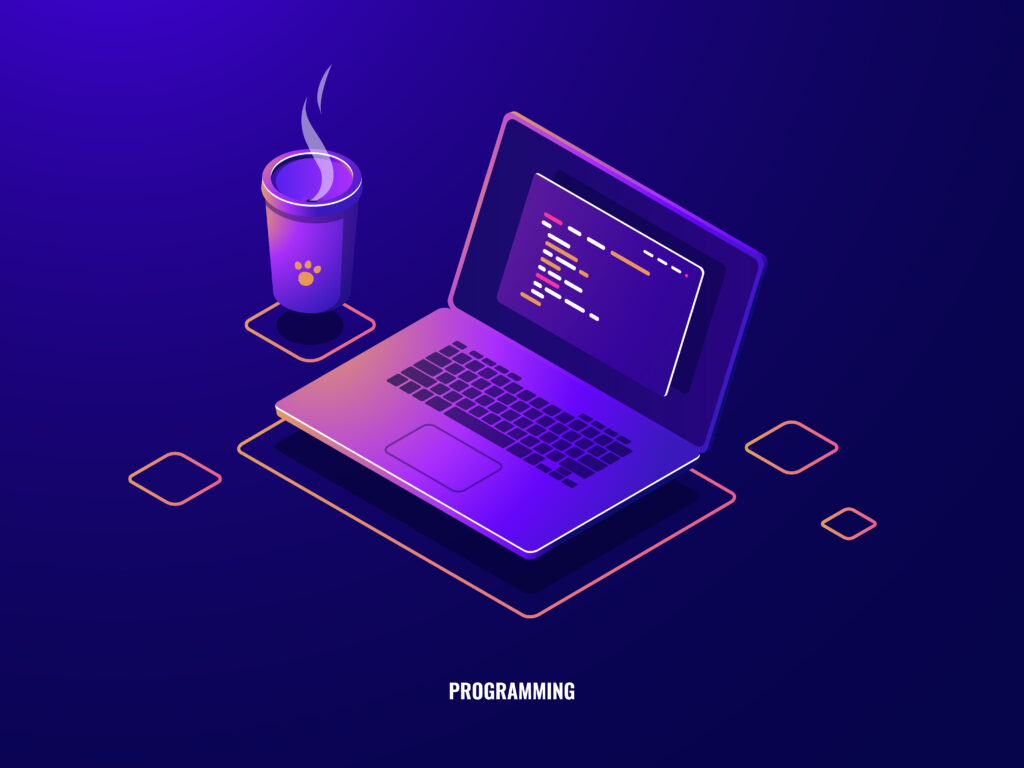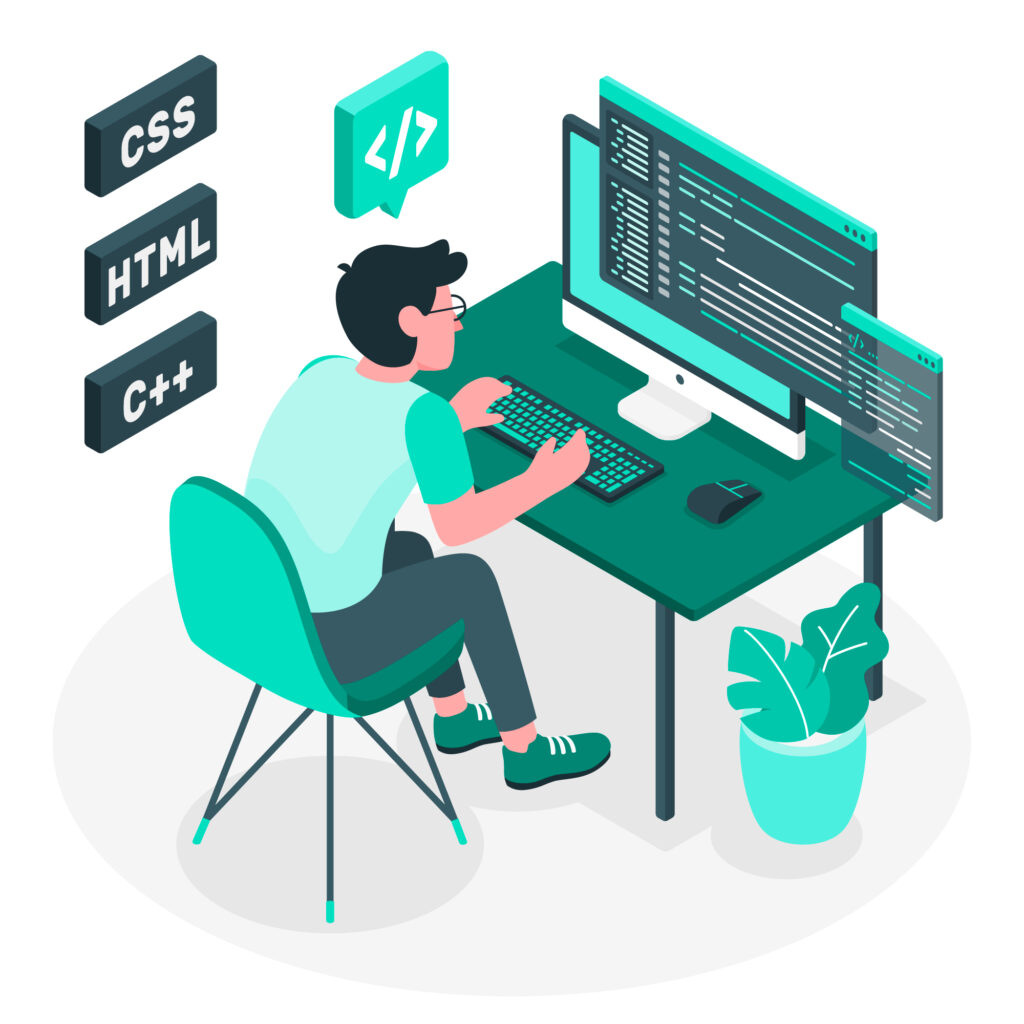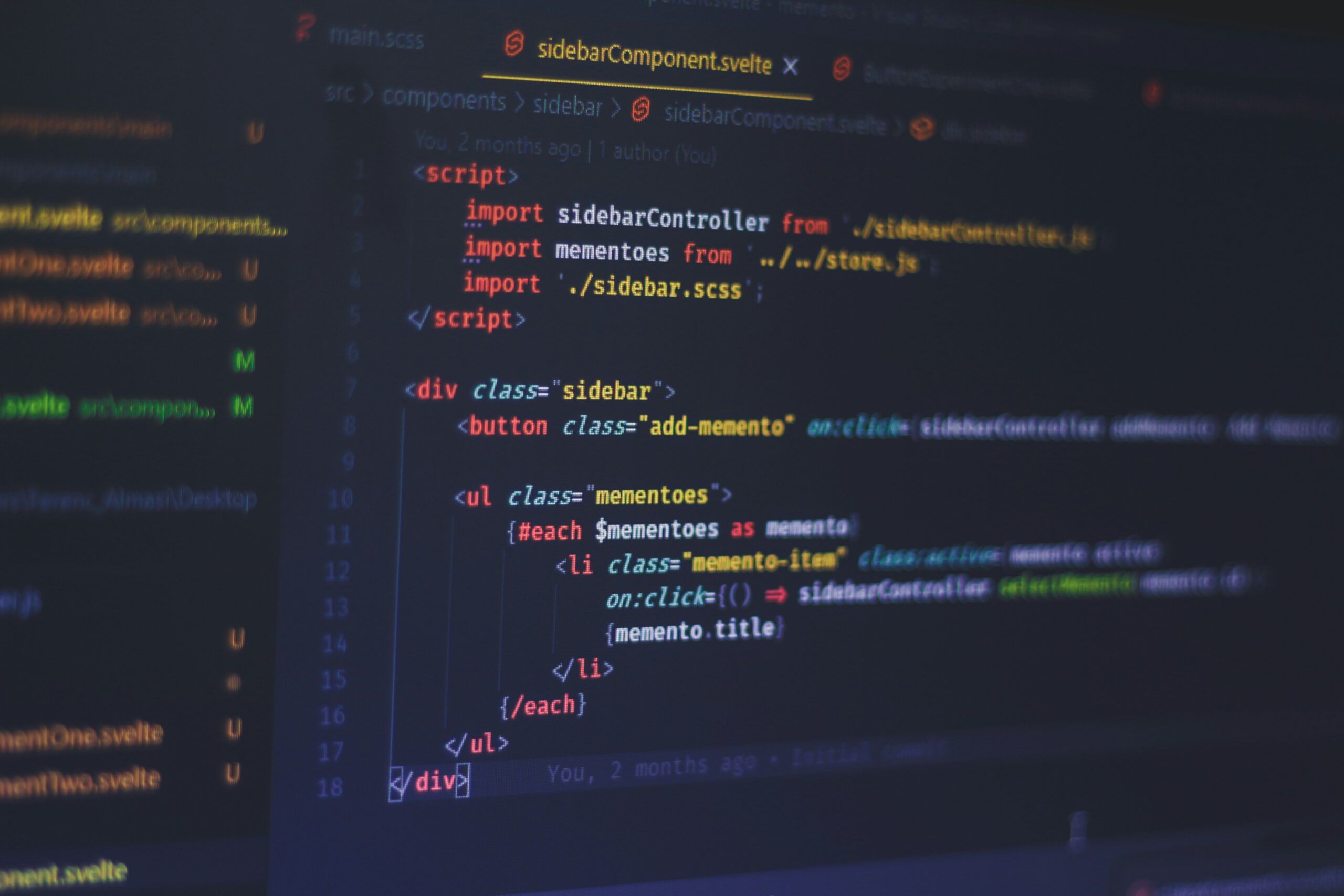Front-end development is an essential aspect of building websites and web applications. It involves creating the user interface and ensuring that it is functional, visually appealing, and user-friendly. To achieve this, front end coding developers rely on various coding languages that enable them to bring their designs to life. In this guide, we will explore some of the most popular front-end coding languages and their key features.
HTML (Hypertext Markup Language) As Front End Coding Language
HTML is the foundation of any web page. It provides the structure and content of a website by using a set of markup tags. These tags define the elements on a page, such as headings, paragraphs, images, links, and more. HTML is a relatively simple language to learn and is essential for every front-end developer.
CSS (Cascading Style Sheets)
CSS is responsible for the visual appearance of a website. It allows developers to control the layout, colors, fonts, and other design elements of a web page. CSS works hand in hand with HTML, allowing developers to style the different elements defined in the HTML markup. With CSS, front-end developers can create stunning and responsive designs that enhance the user experience.
JavaScript
JavaScript is a powerful programming language that adds interactivity and dynamic elements to a website. It enables developers to create interactive features like sliders, dropdown menus, form validation, and much more. JavaScript is widely used in front-end development and is essential for creating engaging and user-friendly web experiences.
jQuery

jQuery is a JavaScript library that simplifies the process of interacting with HTML documents. It provides a wide range of pre-built functions and plugins that make it easier to manipulate and traverse the HTML structure. jQuery is known for its simplicity and cross-browser compatibility, making it a popular choice among front end developers.
Bootstrap
Bootstrap is a front-end framework that allows developers to quickly build responsive and mobile-first websites. It provides a collection of CSS and JavaScript components, such as grids, navigation bars, forms, and more. Bootstrap streamlines the development process by providing ready-to-use templates and a responsive grid system, making it an excellent choice for beginners and experienced developers alike.
Sass (Syntactically Awesome Style Sheets)
Sass is a CSS preprocessor that extends the capabilities of CSS. It introduces features like variables, mixins, nesting, and more, which make CSS code more maintainable and reusable. Sass compiles into standard CSS, allowing developers to write cleaner and more organized code. It is widely used in front-end development to streamline the styling process and improve productivity.
React
React is a JavaScript library for building user interfaces. It allows developers to create reusable UI components and efficiently update and render them when the underlying data changes. React is known for its performance and flexibility, making it an excellent choice for building complex and interactive web applications.
Vue.js
Vue.js is another JavaScript framework for building user interfaces. It focuses on the view layer of an application and provides a simple and intuitive syntax. Vue.js is lightweight, easy to learn, and offers excellent performance. It is gaining popularity among front-end developers for its simplicity and versatility.
Angular

Angular is a comprehensive JavaScript framework developed by Google. It provides a complete solution for building web applications, including data binding, dependency injection, and routing. Angular is suitable for large-scale projects and offers a robust set of tools and features for front-end development. Learn more about Backend Coding.
These are just a few of the many front-end coding languages and frameworks available to developers. Each has its strengths and use cases, and the choice of language ultimately depends on the project requirements and personal preferences. As a front-end developer, it is essential to continuously learn and stay updated with the latest trends and technologies to deliver exceptional user experiences.




